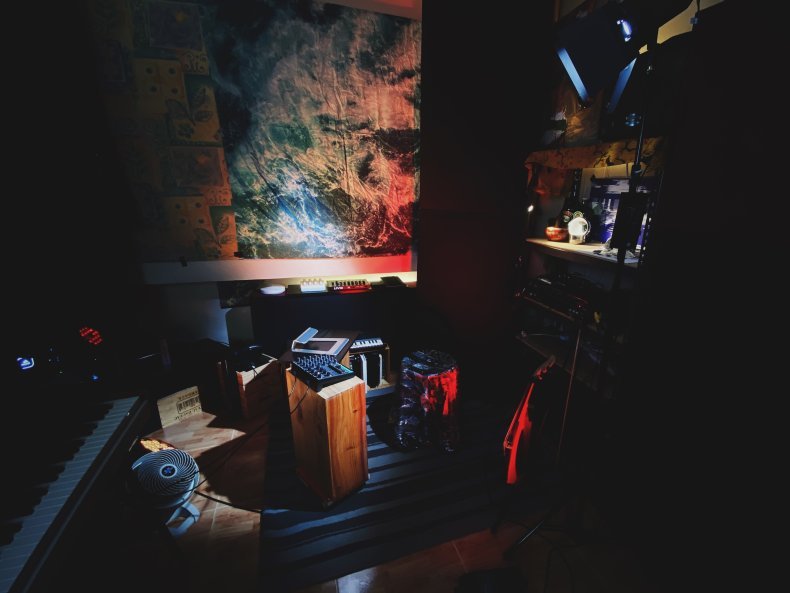Link to slides here!
Category: Process
FYP Proposal Pitch
Link to slides here!
Singapore Art Week Review – Shifting Between
Exhibit Chosen: Shifting Between
Location: Gillman Barracks
Our Softest Hour presents Shifting Between – a group exhibition that plays on the seams of the digital and physical as the works weave together an online and offline experience. Through these two realms, participating artists Clarice Ng, Divaagar, MACHINEOFTHE, nor, Softslabs. and Planeswalker invite audiences to explore the shifts in how they engage with and experience intimacy and vulnerability.
Throughout the week, each artist will be joined by founders of alternative art spaces in Singapore for an artist talk.
Exhibition Visit and Review, done with Sylvia Low!
Shifting Between’s website can be accessed here.
Link to slides.
Thoughts on CH 1 from Kim Goodwin, Designing for the Digital Age
Being a product and interactive design student, I found that this chapter was extremely useful in summing up the process needed to create a well-developed and polished product. It took the years of lessons from my teachers and neatly described what we as product designers strive for and how we pave the road to the goal. It is definitely something all designers should read and aim to follow.
For design to be design and not art, it must serve human needs and goals.
Indeed, design is made with people’s wants and needs in mind, and the end goal is to create something that can meet their demands. This sentence made me think of an interesting mindset I had recently changed to.
More often than not, we may see the people’s wants as something that is more related to numbers and statistics, something that requires improved technology or a groundbreaking invention, but we must open our eyes to also see that sometimes their demands may come in a more emotional, fun way.
Before I had finally understood what it meant to design, my peers and I used to joke about how some of our products had no actual value and were just for users to have fun or for aesthetic value. It took me rather long to realise creating a fun product also had its benefits for the user – to enjoy themselves and have a good time. This was the value for my product, and I should not limit myself to thinking that value only came in the form of tangible outcomes.
I would consider designing a fun product Design and not Art as while it does indeed refer to more non-essential creations, I would say it is made with the idea of solving people’s need for fun and joy, rather than the creator’s personal expression of their thoughts and ideas. In this case, I would call it a fusion of art into design.
Design is the craft of visualising concrete solutions that serve human needs and goals within certain constraints
As the reading says, whether it be industrial design or lifestyle design, the aim is to find the optimal solution into helping the users achieve their goal. As designers, we must aim to create something that targets the problem as best they can, or improve existing products.
While we sometimes feel restricted by our knowledge, as long as we see the potential end goal clearly, we can articulate the things needed to external experts that will aid in achieving that goal. We must always be aware that we are not alone in the entire creation process, and must mainly learn to carry across points to other parties of the project. Sometimes one may be highly skilled in various technical areas, but with no vision, it would be difficult to solve the problem effectively. This can be connected with the next phrase:
Design is a craft because it is neither science nor art, but somewhere in between
This is an interesting sentence, and does resonate deeply.
Consider a product design assignment, where the brief is to create a new design for an existing household item, one may think we simply need to create a new look for the item. Afterall, the technology exists and is already well made. Yet, we may fail to realise that to create a new look, we have to become experts in the creation process of the item quickly, to ensure the final design can not only house all the necessary components, but also be comfortable for the user to use. This includes the technology the item uses, the size of the components, materials, and even the machinery needed to create the item must be put into consideration. All this is paired with thinking of how users would hold the object, keep it, are there room for them to misunderstand the use of a part.
It seems as though we require multiple facets of the entire process to come up with a single best design that looks simple to create yet took immeasurable considerations and information to complete. Design is the compilation of thousands of pieces of information, cleanly sorted and artistically arranged to form a final product that looks effortless and beautiful. The balance of art and science here has to be perfect to create the best outcome and perhaps that is why design is fun yet doubtlessly difficult. Nevertheless, it is the satisfaction when our work meets the demands of people that most probably attracts designers into continuing the pursuit of the perfect solution.
Experience Design – No designer can determine exactly what experience someone has
I agree with this statement strongly. Thus, we are often told to consider the affordance of the product we create in product design. In other words, how might others view the object and what might they mistakenly do or interpret. In other words, we must think of all the possibilities that may occur when someone interacts with the product we create, and ensure it is safe and still serves in function.
Apart from that, we must also think of who the target audiences are. If made for the mass, then one must be sure it is suitable for the young and old to use. Products designed must be inclusive and consider all parties involved. The handicapped, the elderly, children, etc.
In the Origins of Goal-Directed Design segment of the reading, Alan Coopers creation of Aunt Edna is hence ingenious and perhaps is something all designers should adopt.
Often times, we tend to be so absorbed in our idea that we may not realise the idea is clear in our minds but not properly articulated or expressed in the design. While we may think something is obvious in the design we made, other who have never seen it before may be confused or lost. These are things to take note for every project to ensure the usability of the product.
Overall
Kim Goodwin goes on to talk about the components of goal-directed design, which are great points that I will definitely aim to apply to all my design works.
The reading was insightful as it helped me to see my main purpose in the creation process. Occasionally I may feel restricted by my knowledge, but it is important for me to realise that with a clear solution and idea in mind, I can get help from external experts to achieve my goal. Hence, I must always ensure that my designs are well articulated and most of all, meet the purpose of creating that product to begin with.
While I do think about these in my product design works, perhaps I should begin to apply it to Interactive Media too, and see how I may improve the works I create.
Dev & Planning – Week 1 Assignment (About Me)
1. Biography
My name is Tjoa Wei Lin, a Year 3 Product Design and Interactive Media student in the School of Art, Design and Media in Nanyang Technological University, looking for job opportunities in this field.
My passion lies in making functional artisan works, fusing form and function to create a well-rounded work. Being keen in creating highly conceptual works, I have a strong interest in exploring topics surrounding human nature and behaviour, usually creating intimate projects that are in relation to human presence and mind.
To accomplish my goals, I have refined skills such as model making, computer aided design rendering and worked with multiple software. These software include Unity, Processing, Arduino and HTML.
2. Link to Presentation Slides
Slides here!
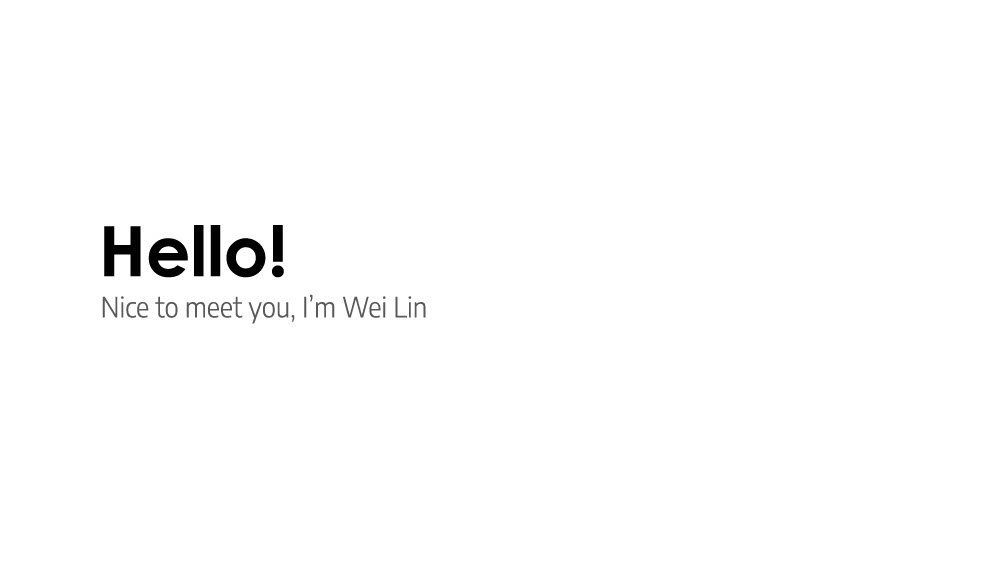
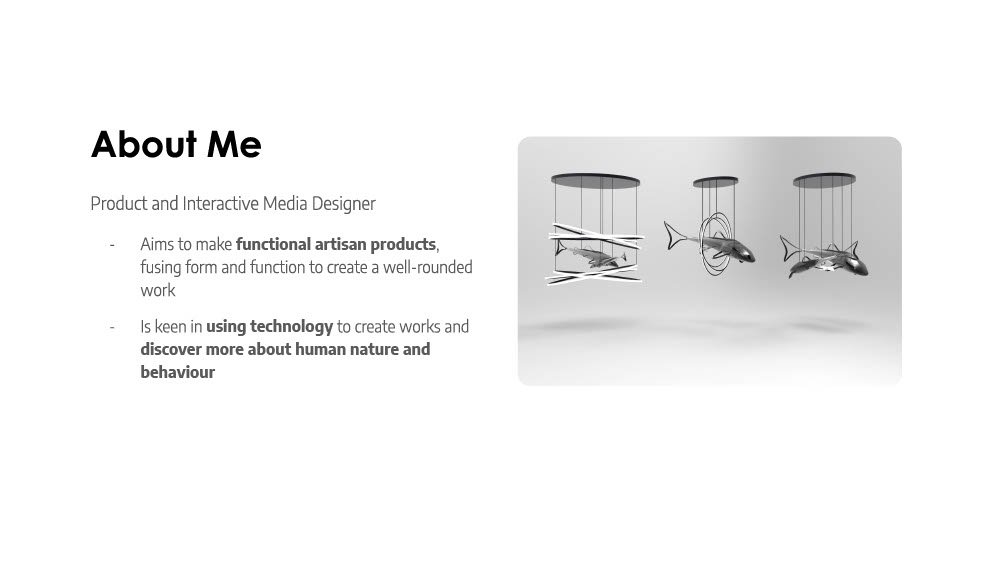
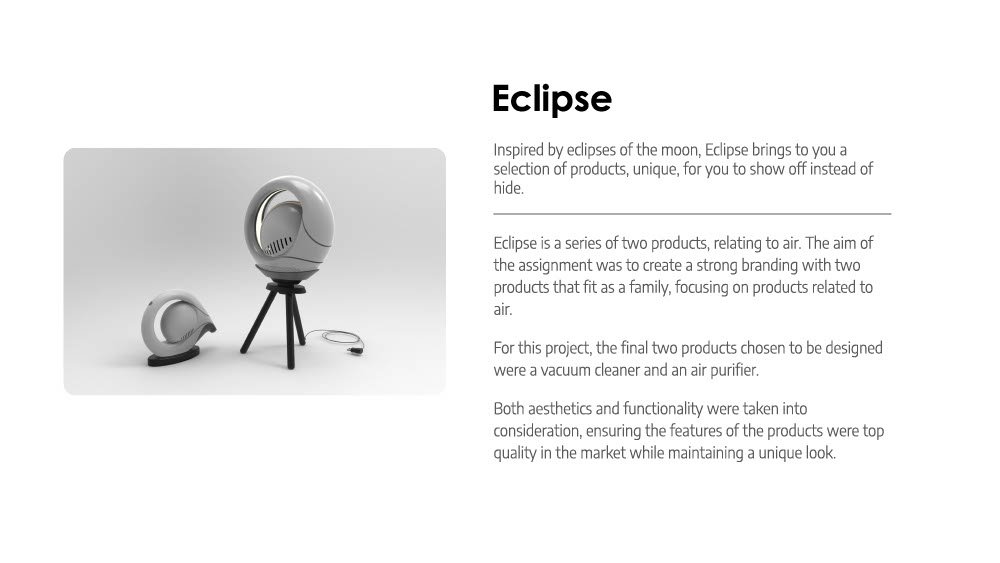
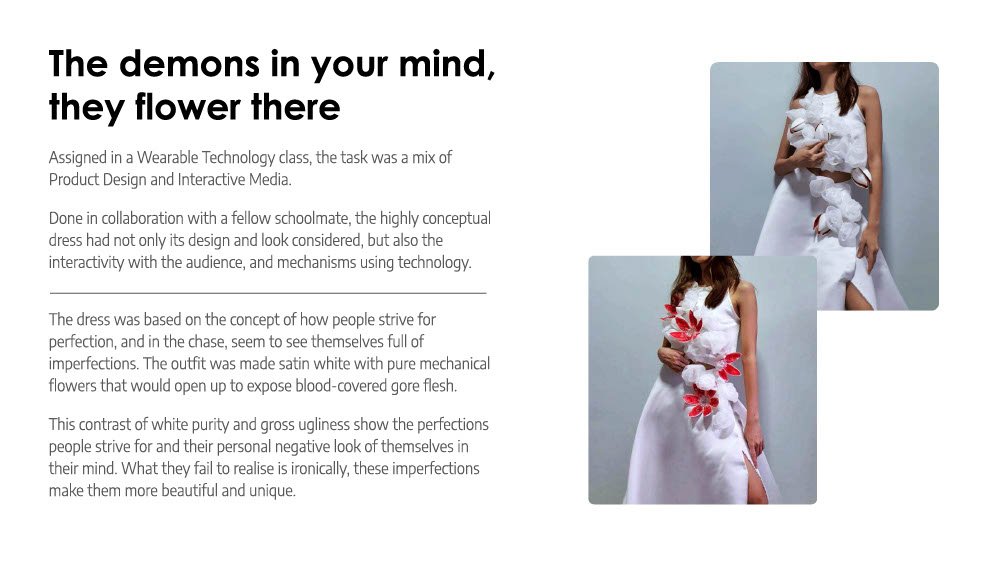
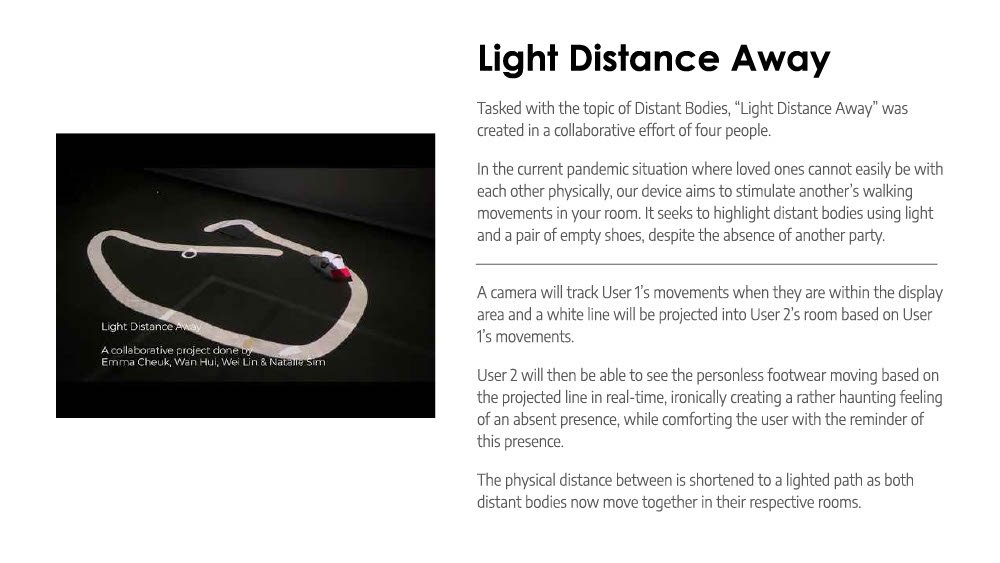
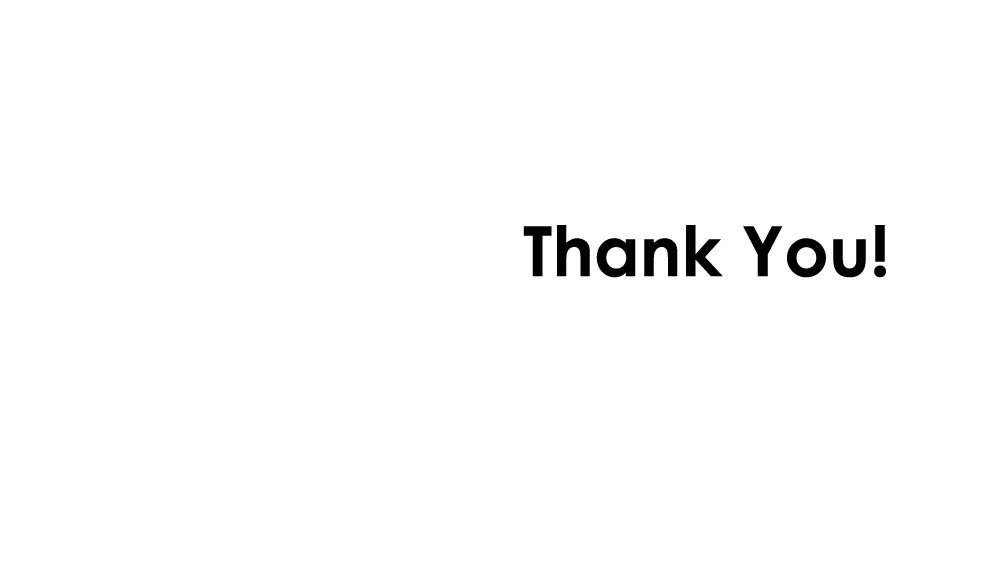
3. Resume
Download my Resume here!
4. Inspiration
Slides on Alex Davies
Link to Alex Davies Site
